Palm Plant
- October 31, 2023
- 0 comment
The Palm plant, often referred to simply as a palm tree, is an iconic symbol of tropical and subtropical regions worldwide. These elegant and towering plants are characterized by their distinctive fan-shaped or feather-like fronds and a single, sturdy trunk.
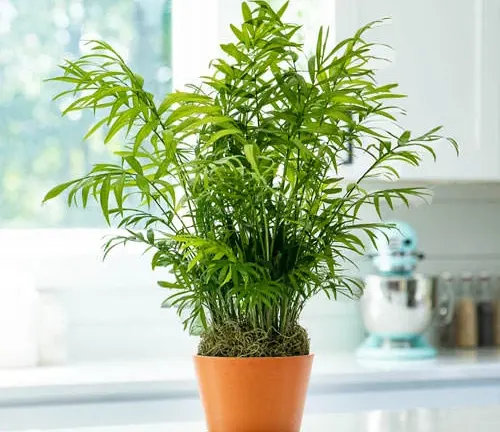
Palm plants are known for their versatility and can thrive in a wide range of environments, from sandy beaches to urban landscapes. They play a crucial role in many cultures, symbolizing paradise, relaxation, and the exotic beauty of the tropics.
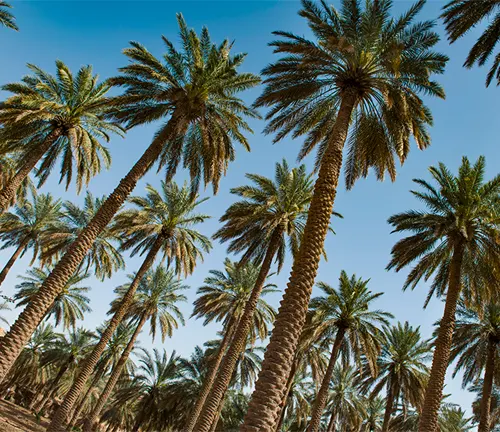
Palms offer numerous practical benefits, such as providing shade, producing coconuts or dates, and contributing to the aesthetics of gardens and landscapes. They come in a variety of species, each with its unique characteristics, making them a popular choice for horticultural enthusiasts and landscape designers. Whether gracing the shores of a tropical paradise or enhancing the beauty of a city street, palm plants are a testament to nature’s grace and resilience.
| Characteristics | Description |
| Scientific Name | Varies by species (e.g., Phoenix dactylifera, Cocos nucifera) |
| Common Names | Palm tree, date palm, coconut palm, etc. |
| Height | Varies widely (ranging from a few feet to over 100 feet) |
| Trunk | Typically single, although some species may have multiple trunks |
| Leaves (Fronds) | Large, fan-shaped, or feather-like |
| Growth Rate | Varies by species, but generally slow to moderate |
| Climate | Tropical and subtropical regions, with some cold-hardy species |
| Sunlight | Full sun for most species |
| Soil | Well-draining, sandy or loamy soil |
| Watering | Varied, but generally prefers regular watering |
| Temperature Tolerance | Varies by species; some are sensitive to cold |
| Propagation | From seeds or offsets (pups) |
| Fruits | Some species produce edible fruits like coconuts and dates |
| Use | Landscaping, ornamental, shade, and in some cases, food production |
| Lifespan | Varies widely by species, some can live for centuries |
| Notable Varieties | Date palm, coconut palm, fan palm, queen palm, etc. |
| Care | Pruning dead fronds, protection from extreme cold, and regular fertilization may be necessary. |
Botanical Beauty of “Palm Plant”
Palm plants, with their striking appearance and impressive fronds, are truly botanical marvels. These iconic symbols of tropical and subtropical regions never fail to capture our attention with their elegant allure. Their unique fan-shaped or feather-like leaves are a testament to the exquisite beauty that nature can create. From the lush oases of the desert to the sun-drenched beaches of coastal paradises, palm plants stand as living monuments to the aesthetics of the natural world.

Woodland Elegance

One of the most distinctive features of palm plants is their majestic trunks, which can rise to towering heights or remain humble and compact. These trunks, often adorned with beautiful patterns and textures, lend a sense of woodland elegance to their surroundings. Whether you’re strolling through a tropical rainforest or lounging in a garden, the sight of a palm’s graceful trunk evokes a sense of tranquility and wonder, a reminder of the marvels that the plant kingdom has to offer.
Ecological Importance
Beyond their visual appeal, palm plants play a significant role in the ecosystems they inhabit. Many species provide habitats for various creatures, offering shelter and sustenance. From the nests of birds perched high in their fronds to the insects and microorganisms that thrive in the decomposing leaves on the forest floor, palms contribute to the intricate web of life in their environment.
Cultivation and Conservation
Palm cultivation is not only a horticultural endeavor but also an ecological one. Many species of palms are cultivated for their economic and cultural significance. However, the demand for palm products, such as palm oil, has raised concerns about deforestation and habitat loss. Conservation efforts are crucial to preserving the diverse species of palms and their ecosystems, ensuring that they continue to thrive for generations to come.
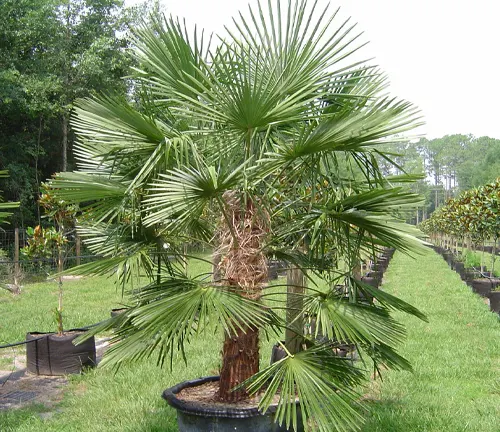
Fragrance
Some palm species gift us not only with their stunning appearance but also with their enchanting fragrances. The blossoms of certain palms emit sweet, exotic scents, enchanting the senses and infusing the air with an irresistible aroma. These fragrant palms are prized for their ability to transport us to distant tropical paradises, even if we’re thousands of miles away.
Soil Stabilization
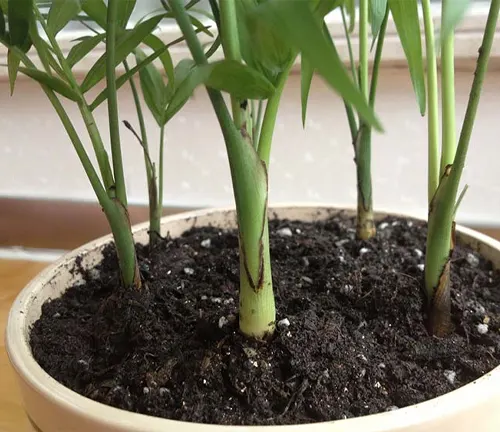
In addition to their aesthetic and ecological contributions, palm plants are renowned for their role in soil stabilization. Their extensive root systems help prevent erosion in coastal regions and support the integrity of landscapes prone to land degradation. Palms are nature’s silent guardians, working beneath the surface to protect and preserve the earth’s topography.
Common Uses
Palm plants have a plethora of common uses that vary by species and location. They have long been valuable resources for human communities. Coconut palms provide sustenance through their nutritious fruit, while date palms offer delicious dates. The versatile palm wood is used in construction and furniture. Furthermore, the visual appeal of palm trees has made them staples in landscaping and urban development, creating serene and inviting spaces.

Benefits
The benefits of palm plants are multifaceted. They offer shade on sweltering summer days, a haven for wildlife, and even a slice of paradise in our gardens. Their fruits and wood have contributed to human sustenance and comfort for centuries. Yet, they are not merely providers of tangible resources; they symbolize the beauty, resilience, and intricate interconnections that define the natural world. The palm plant, with its unparalleled blend of utility and grace, continues to stand as a botanical marvel, enriching our lives and our planet in myriad ways.
Different Species
Coconut Palm
(Cocos nucifera)
Known for its iconic coconuts, this palm is associated with tropical beaches and produces a variety of products, from coconut water to oil.

Date Palm
(Phoenix dactylifera)
Famous for its sweet dates, this palm is cultivated for its fruit and often found in arid regions.
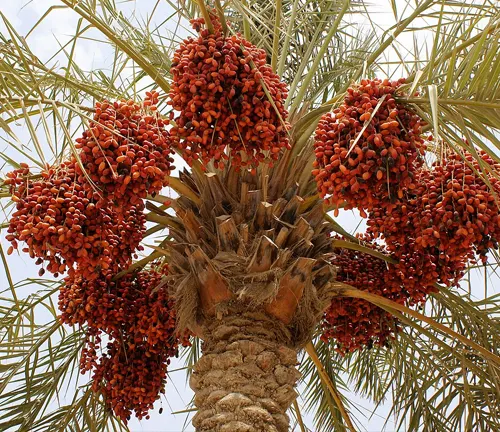
Queen Palm
(Syagrus romanzoffiana)
A popular landscaping palm is known for its graceful arching fronds and feather-like leaves.
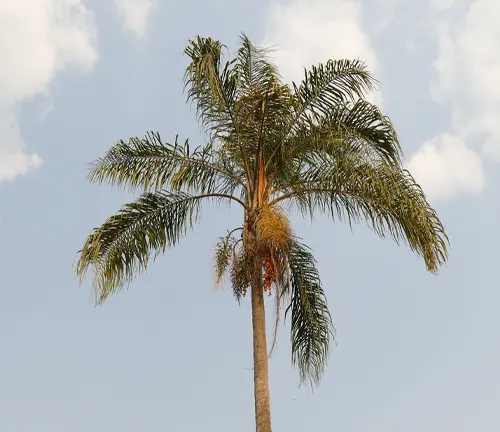
Sago Palm
(Cycas revoluta)
Although not a true palm, it is often mistaken for one. It has a unique appearance with feathery, fern-like leaves.

Fan Palm
(Livistona spp.)
These palms have large, fan-shaped fronds and are commonly used in ornamental landscaping.
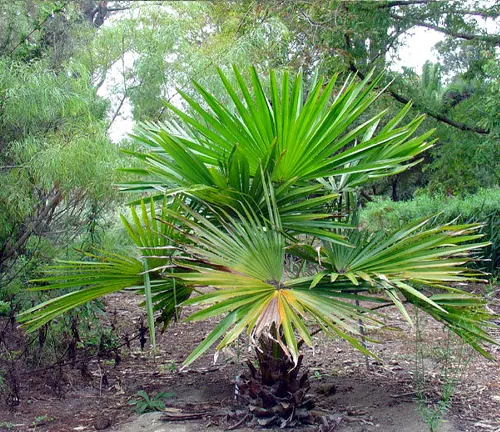
Majestic Palm
(Ravenea rivularis)
A popular indoor palm known for its elegant appearance and adaptability as a houseplant.
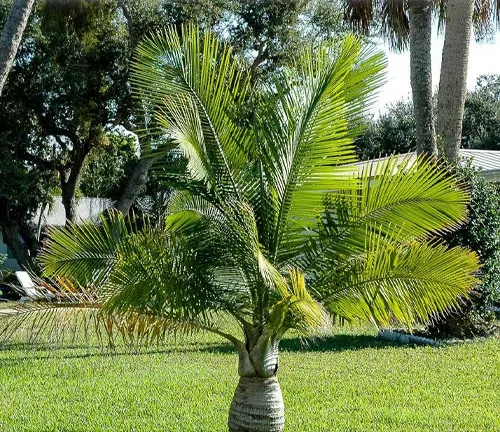
Areca Palm
(Dypsis lutescens)
Often used as an indoor plant, it features graceful, feathery fronds and is known for its air-purifying qualities.
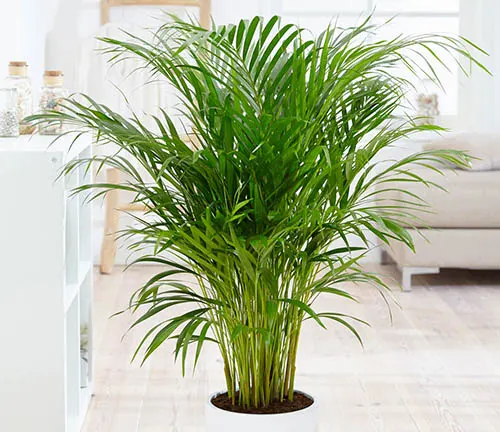
Windmill Palm
(Trachycarpus fortunei)
A cold-hardy palm species that can tolerate lower temperatures and is popular in temperate regions.

Washingtonia Palm
(Washingtonia spp.)
Tall, slender palms with a distinctive appearance, often seen lining streets in urban areas.
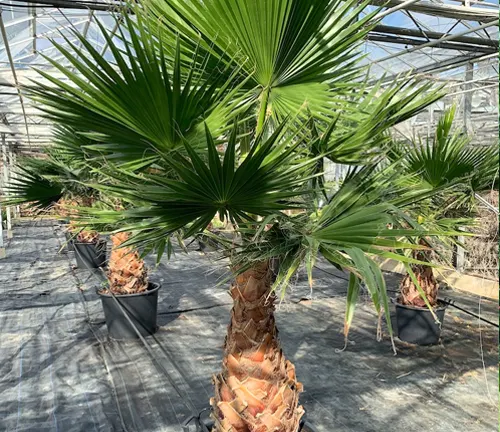
Bismarck Palm
(Bismarckia nobilis)
Recognizable by its large, silvery-blue fronds, this palm is a striking addition to landscapes.
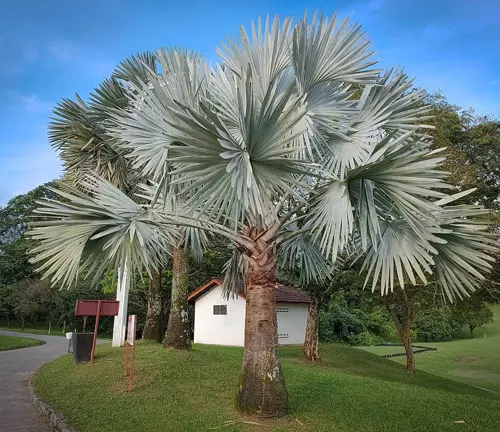
Jelly Palm
(Butia capitata)
Named for its edible fruit that tastes like jelly, this palm is native to South America.
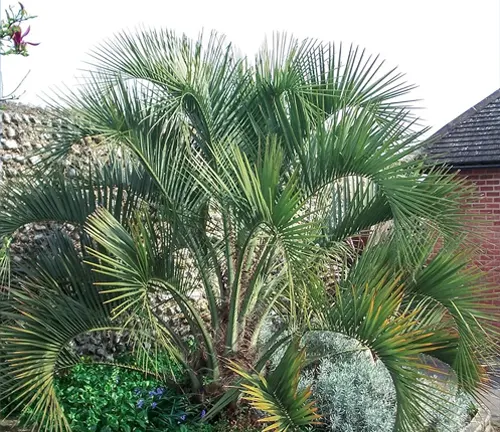
Foxtail Palm
(Wodyetia bifurcata)
Renowned for its unique fronds that resemble a fox’s tail, this palm is a favorite in subtropical regions.

Ponytail Palm
(Beaucarnea recurvata)
A distinctive indoor or outdoor palm with a swollen base and cascading leaves, resembling a ponytail.
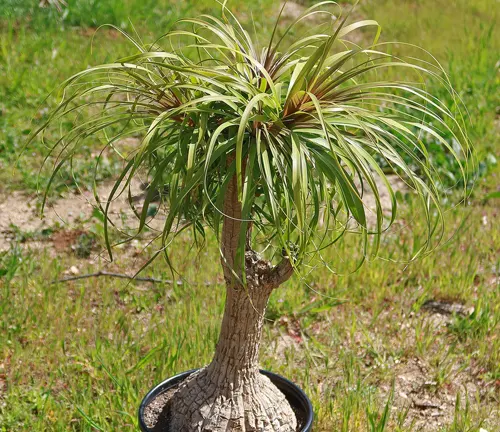
Pygmy Date Palm
(Phoenix roebelenii)
A compact palm perfect for small gardens or indoor spaces with its slender trunks and delicate fronds.

Kentia Palm
(Howea forsteriana)
A graceful, tall indoor palm that adds a touch of elegance to interior spaces

Frequently Asked Questions (FAQs)
- How often should I water my palm plant?
The watering frequency depends on the specific palm species and environmental conditions. In general, allow the top inch of soil to dry before watering. - Can I grow a palm plant indoors?
Yes, many palm species are suitable for indoor cultivation. Choose species like the Kentia Palm, Areca Palm, or Parlor Palm for best results. - Do palm plants need direct sunlight?
Most palm plants prefer bright, indirect sunlight, but some species can tolerate full sun. Consult care guidelines specific to your palm for accurate light requirements. - How do I fertilize my palm plant?
Use a balanced, slow-release palm fertilizer during the growing season (spring and summer). Follow the instructions on the product label for proper application. - What is the ideal temperature for palm plants?
Palm plants thrive in warm temperatures. Most prefer a range of 65-85°F (18-30°C), but specific temperature preferences can vary by species. - Can I grow palm trees from seeds?
Yes, many palm species can be grown from seeds, but it may take several years for them to mature and produce fronds or flowers. - How can I prevent my palm plant from getting brown tips on its fronds?
Brown tips can result from underwatering, low humidity, or the use of harsh water. Ensure your palm receives adequate moisture and consider using a humidifier or misting the fronds. - When should I repot my palm plant?
Repot your palm when it becomes root-bound, typically every 2-3 years. Choose a slightly larger pot with good drainage and fresh potting mix. - Are palm plants toxic to pets?
While most palm plants are not considered highly toxic, they can still cause mild gastrointestinal discomfort in pets if ingested. It’s best to keep them out of reach. - How can I revive a drooping or wilting palm plant?
Check the soil moisture and adjust watering as needed. Trim any yellow or dead fronds and ensure the plant is receiving proper light and humidity. - Can I grow palm plants in cold climates?
Some cold-hardy palm species, such as the Windmill Palm, can tolerate colder temperatures and are suitable for planting in more temperate regions. - Do palm trees require pruning?
Palms naturally shed their lower, older fronds. Remove these dead or yellowing fronds to maintain the palm’s appearance and overall health.



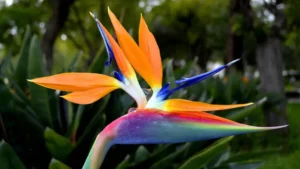
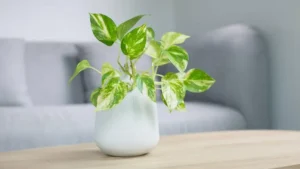
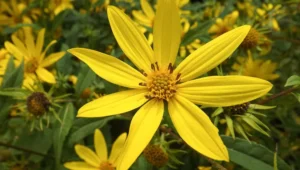

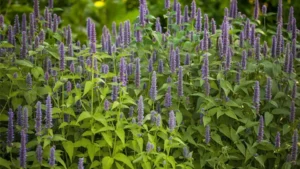
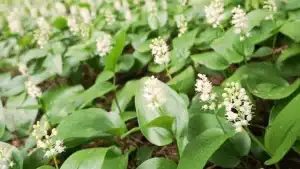
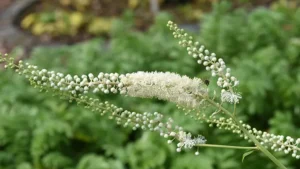


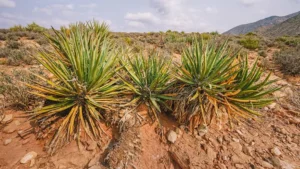

Leave your comment